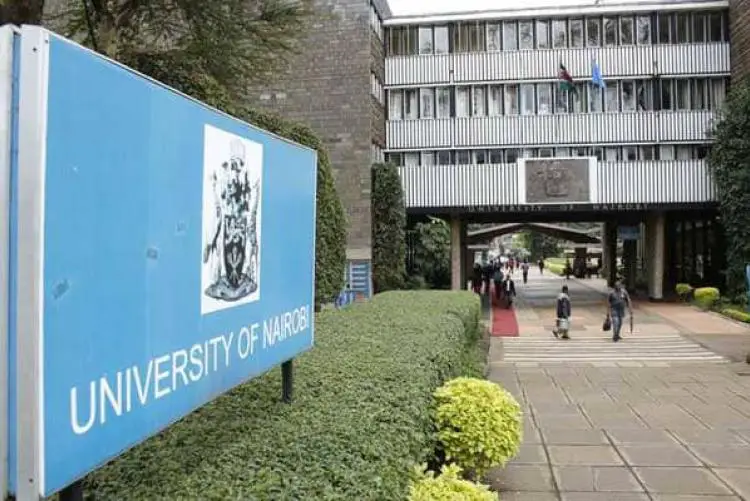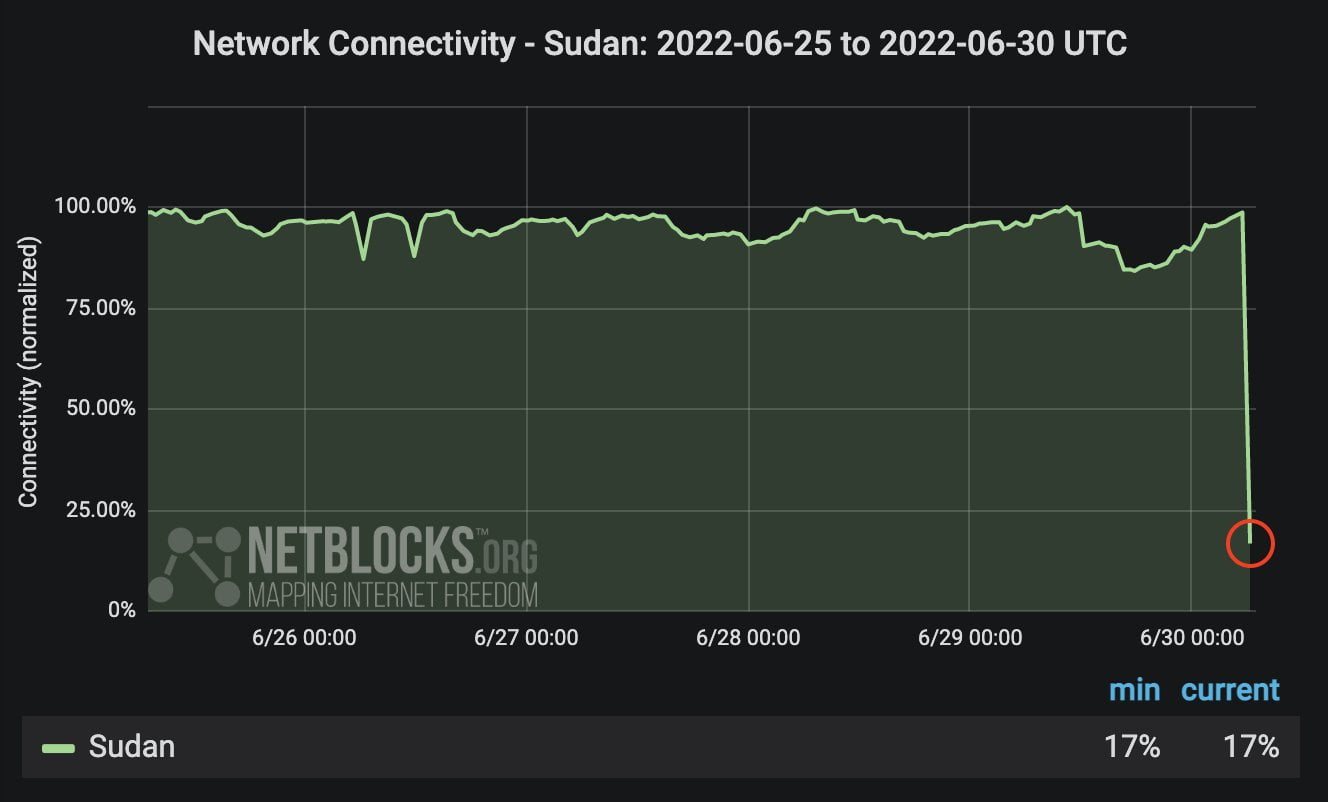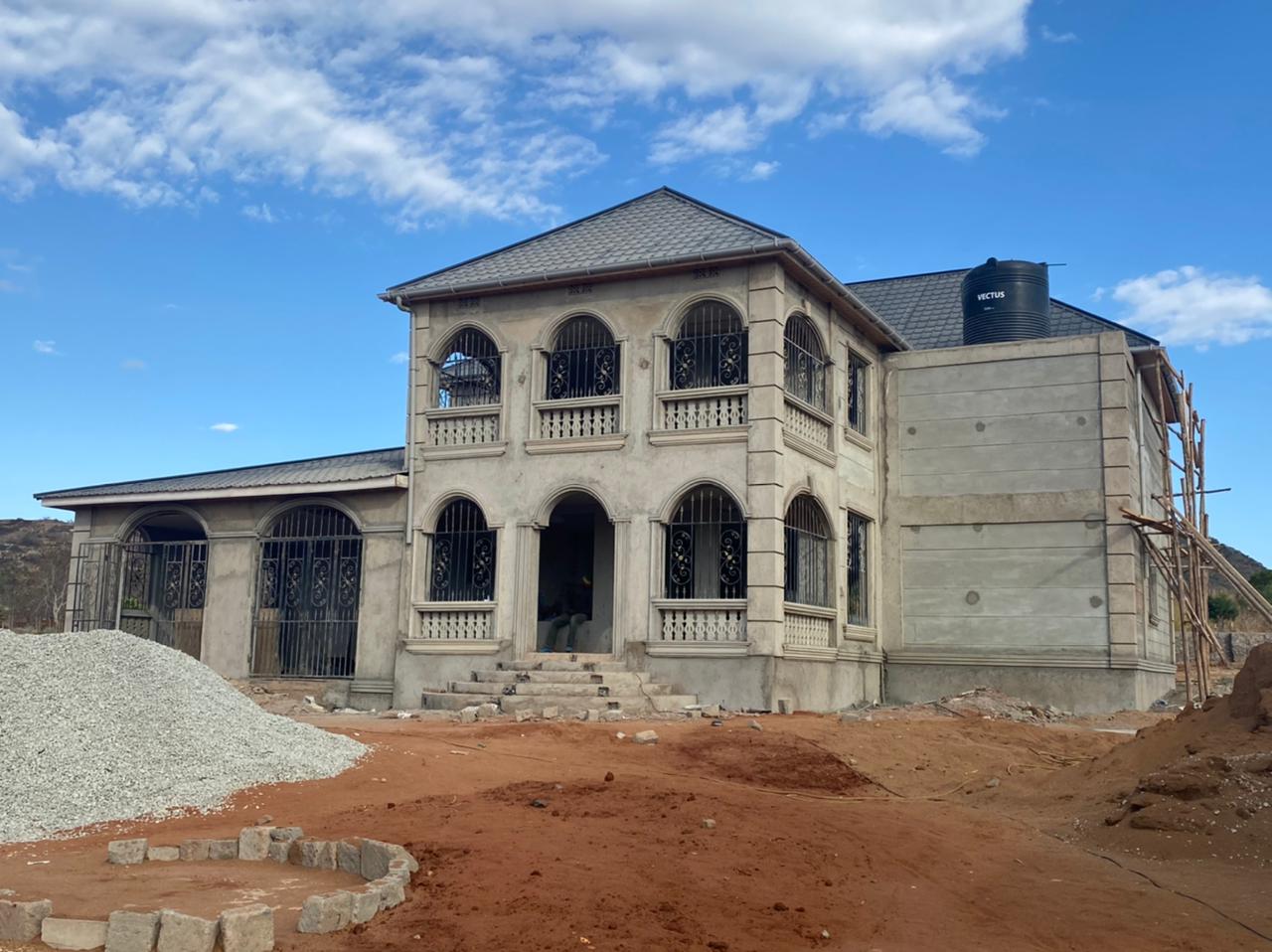Tsavo East National Park is on fire again and it sure has reached, if not yet, a time that wildfires be treated as an act of treason.
This is the fourth inferno barely a week after another inferno razed down Tsavo West National Park. This is the fifth fire in three months.
It's out. A sweeping bush fire in Tsavo West National Park, Kenya finally extinguished after 3 days thanks to a mammoth effort by KWS, community and conservation groups. Read more: https://t.co/ID1nGnxFg7 pic.twitter.com/lS5sB2p1TI
— Sheldrick Wildlife Trust (@SheldrickTrust) July 27, 2020
Who are these that are so determined to destroy the park?
It is often said that negligent smokers throw cigarette butts from their vehicles or otherwise to roadside forest areas without extinguishing them properly.
Can such an activity ignite forest fires, especially in fire-prone forests during fire-prone seasons?
For most people, a forest fire is synonymous with disaster. But, even before human involvement, natural, low-intensity wildfires occurred every few years to burn up fuel, plant debris, and dead trees, making way for young, healthy trees and vegetation to thrive.
Is this the case in Tsavo national Park? Are the relevant authorities using this tactic to get new growth, which if correctly managed in turn, supports forest wildlife?

Tsavo conservation area assistant director Robert Njue said officials are mobilising resources to put out the fire that originated in Taita village area in Voi.
“We will start the investigation once we put out the fire. For now, we are mobilising to immediately start putting out the fire,” he said.
In the recent past, the fire has destroyed over a thousand acres of vegetation in the Tsavo.
The biggest effect wildfire has on wildlife habitat is by altering the three things animals need most: food, water, and shelter. Tender understory plants and shrubs that provide food are lost, and this loss often results in wildlife moving away to areas where food, water, and shelter are more readily available.
Fire is part of a cycle in most ecosystems. With fire suppression, the fire was removed from the cycle and ecosystems began to get out of balance. For those of you who don’t know, we have benefits of wildfires.
Cabinet Secretary for Tourism and Wildlife Management Najib Balala should inform the public if these infernos are part of what is termed as PRESCRIBED BURN. This is simply the execution of a controlled burn plan.
The reason(s) for prescribing a fire include; preparing the seedbed, controlling insects or diseases, reduce the hazard, improve wildlife habitat, control understory, improve forage, increase accessibility, and enhance aesthetics.
A 2008 study found that in Australia about 85% of fires were triggered by human activity – this includes arson. In the case of Tsavo National Park, we can’t just rule out carelessness or recklessness.
Do we have a functioning Kenya National Centre for Research in Bushfire and Arson? The consistency of Tsavo infernos is too suspicious.
Independent studies and reports collected from most of the world’s wildlife infernos indicate that 23 percent of bushfires every year are deliberate and 37% are suspicious.
Take, for instance, in the US state of California, 95% of wildfires are started by people – 7% of those by arson – according to Cal Fire, the state’s fire service.
Are environmentalists actually opposed to hazard reduction? And how effective is hazard reduction at preventing or mitigating fires?
According to Dr Richard Thornton, CEO of the Bushfire and Natural Hazards Cooperative Research Centre, the complexities around hazard reduction burning are large and growing.
“There is no universal ‘right’ level of prescribed fire because there are competing objectives to be considered, vastly differing ecosystems to be covered, and constantly shifting variables in demographics and land use. Some fires are so hot that reducing the amount of fuel on the forest floor won’t help; the trees themselves simply catch alight”
Firefighters get the first-hand negative effects of these theories of ‘prescribed’ fires. Take Tsavo for instance, the Park’s topography has extreme dryness, this is why everything burns. Who benefits? As you think of that, who do you think is losing?
Where there is smoke there is fire and this is the same argument we get from relevant authorities whenever there is a wildfire.
I don’t know if this thought has imbued your thinking organ. Is this Hazard Reduction a tired and old conspiracy theory?
Who are these people that are running and managing these so-called “prescribed” fires?
Is there a possibility that our Parks are under the watch of retired politicians, greedy and selfish fictitious business people or ex-fire chiefs who are using wildfires for personal gains and political attacks?

















































